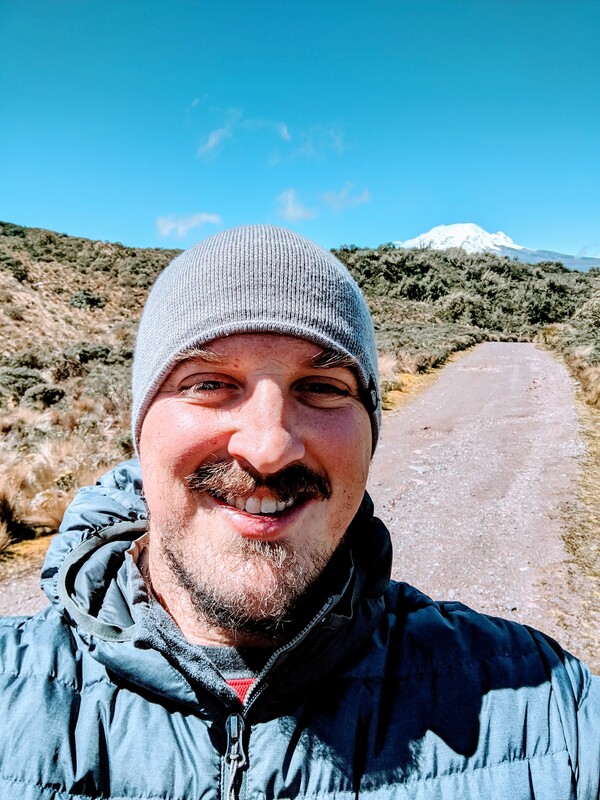What does ecohydrology mean to you?
For me, ecohydrology describes the intersection of the water cycle with both the physical and biological environment. I think of watersheds as the units for ecohydrology and tend to look for ways to scale up to the region and look for similarities and differences across space. I have always been fascinated by the way water moves across the landscape, and how it is capable of both staying put for thousands of years or traversing thousands of miles. Specifically, I think mostly about the ways in which carbon interacts with water and how streams contribute carbon to the atmosphere.
What are your undergraduate and graduate degrees in?
I hold a B.A. and an M.A. in Geography which I received from the University of Cincinnati in 2012 and 2015 respectively. I am currently working towards my Ph.D. in Geography at the University of North Carolina – Chapel Hill.
How did you arrive at working in/thinking about ecohydrology?
About a year and a half ago I started working on researching carbon fluxes and streams with my advisor, which is when I first started contextualizing my work as being under the umbrella of ecohydrology. However, I trace my interest in researching water to high school where I was required to take a field methods course that I really did not want to take. I ended up loving the course and designing my own final project studying water quality in Philadelphia streams. The next year I took A.P. Environmental Science and pretty much knew I was going to do something with water. I also grew up playing in the stream in the woods across the street from my house and always wonder if that had some sort of lasting impact!
What do you see as an important emerging area of ecohydrology?
As a geographer I’m always interested in the spatial aspect of hydrology. My first thought whenever I am looking at new data always goes towards how I can apply this to a larger area and give it greater relevance. At the same time, I try to remain mindful of the dangers of making grandiose statements based on limited data. That being said, I am looking forward to the growth of spatial models in ecohydrology, especially regarding machine learning. Data is becoming more and more accessible making research we once thought impossible a real possibility.
Do you have a favorite ecohydrology paper? Describe/explain.
While not technically focused on ecohydrology: Jones, N. L., Wright, S. G., & Maidment, D. R. (1990). Watershed delineation with triangle-based terrain models. Journal of Hydraulic Engineering, 116(10), 1232-1251. This was one of the first things I read in a digital terrain course I took as an undergraduate that sparked my interest in watershed and computational hydrology, certainly helping me on my course to where I am today. I have always been impressed by the power of modelling the natural environment.
What do you do for fun (apart from ecohydrology)?
When I’m not on campus you might find me with my wife and son at one of the many playgrounds around Chapel Hill or at Durham’s museum of life and science. I also like to spend time in the White Mountains in New Hampshire and I’m a big ice-hockey fan, Go Flyers!

 RSS Feed
RSS Feed